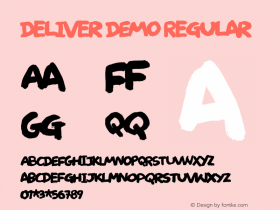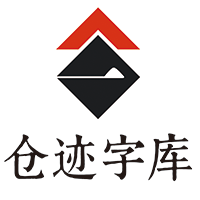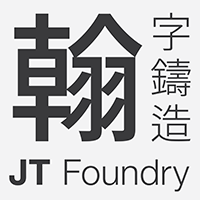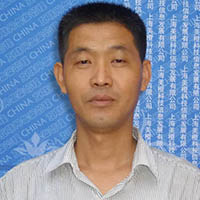Type-related Measurements Units
InDesign Asia version provides options to change measurement units in the preferences panel(Edit >Preferences >Units & Increments (Windows) or InDesign >Preferences >Units & Increments (Mac OS)). There are three units for specifying type size, they are point (pt), 级(Q) and American point (ap) respectively.
Point(pt): Point is the most commonly used typographic unit. The conversion relationship is 1pt=1/72 inch =0.3528mm.It is often mistakenly thought as pixel units, please note that points are not pixel units. What is the relationship between points and pixel? The conversion based on screen/print resolution, 1 point is equal to 1 pixel only when the resolution is 72 dpi (dot per inch). If the resolution is 96 dpi, 1 point is equal to 1.333 (96/72) pixel.
级(Q):Q is delivered from phototypesetting, it is used strictly for specifying type size. '齿'(Ha) and '级'(Q) are equivalent to one-fourth of one millimeter (0.25 mm), however '齿'(Ha) is used for specifying leading, spacing, and baseline shift values and everything but type size.
American point (ap):ap is a traditional unit in United States, it is a little bit smaller than the point, it is approximately equal to 0.3514 millimeters.
In addition, there is another "号"(hào) unit for Chinese and Japanese Typesetting, it was used for specifying movable type (活字)size. This unit is replaced by point unit gradually, currently it is no longer used in Japan, but it still be used in China.
The following table provides these same "号"(hào) units together, as used in Japan and China, along with the equivalent sizes in points.
| 初号(0号) | 42 | 42 |
| 小初(small 0号) | 36 | – |
| 一号(1号) | 26 | 27.5 |
| 二号(2号) | 22 | 21 |
| 小二(small 2 号) | 18 | – |
| 三号(3 号) | 16 | 16 |
| 小三(small 3 号) | 15 | – |
| 四号(4 号) | 14 | 13.75 |
| 小四(small 4 号) | 12 | – |
| 五号(5 号) | 10.5 | 10.5 |
| 小五(small 5 号) | 9 | – |
| 六号(6 号) | 7.5 | 8 |
| 小六(small 6号) | 6.5 | – |
| 七号(7 号) | 5.5 | 5.25 |
| 八号(8 号) | 5 | 4 |
1pt=1/72 inch =0.3528mm
1Q=1Ha=0.25mm
1ap=0.3514mm
Please refer to pages 476 through 480 of Ken Lunde's "CJKV Information Processing" second edition for more information.

































 闽公网安备35010202000240号
闽公网安备35010202000240号